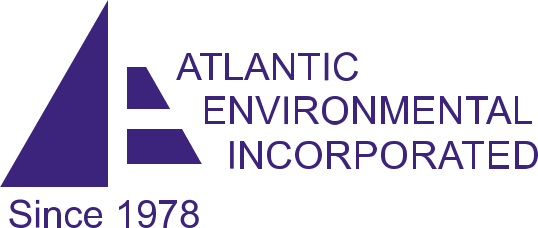Asbestos is a group of naturally occurring fibrous minerals comprising heat-resistant fibers. Due to its excellent fire-resistant properties, it was widely used in construction materials and insulation properties across the globe. However, it is now known to be a severe health risk, causing lung cancer, mesothelioma, and asbestosis. As a result, asbestos risk assessments have become critical in identifying and managing potential exposure risks to employees, visitors, and the public in all workplaces.
Asbestos-containing materials include pipe insulation, ceiling tiles, floor tiles, roofing materials, and insulation around boilers and pipes.
Asbestos Risk Assessments and Their Purpose
One of the primary purposes of asbestos risk assessments is to identify the presence of asbestos-containing materials (ACMs) in buildings and structures. When these fibers become air born, they are inhaled and become dangerous to the health and safety of all those sharing the space.
Steps Taken in Asbestos Risk Assessments
The first step in conducting an asbestos risk assessment is to identify potential ACMs in the building. This may involve visual inspections, installation records reviews, and asbestos testing and surveys.
To start, it’s vital to hire a certified asbestos inspector as the ACM’s condition, location, and potential to release asbestos fibers into the air must be accurately addressed.
Condition
Assessing the condition of ACMs is crucial in determining the risk of exposure. ACMs in good condition and not disturbed are less likely to release asbestos fibers, while damaged, deteriorating, and workplaces under construction put those around at a high risk of exposure.
In addition, factors such as friability (the ease with which a material crumbles) and accessibility of ACMs are also considered in the assessment.
Location
The location of ACMs is another critical consideration in asbestos risk assessments. ACMs located in areas easily accessible or prone to damage, such as in high-traffic areas or near mechanical systems, may pose a higher risk of exposure. For example, ACMs in ceiling tiles or insulation around pipes may be at higher risk of damage during renovation or maintenance activities.
Evaluation
Once the location and condition are assessed, the potential for exposure is evaluated. This involves considering the likelihood of airborne asbestos fiber release, the extent of potential vulnerability, and the duration of exposure.
In addition, factors such as the type of ACM, the presence of other materials that may disturb the ACM and the activities in the vicinity of the ACM must all be taken into account.
Remediation
Based on the asbestos risk assessment findings, appropriate remedial actions will be necessary. These actions may include the removal of the ACM, encapsulation (sealing the ACM to prevent fiber release), or enclosure (covering the ACM with a protective barrier).
The selection of remedial action depends on factors such as the condition and location of the ACM, the potential for fiber release, and the level of risk to employees, visitors, and the general public.
Asbestos Risks and Training
Employees who work with or around ACMs need to be trained on asbestos awareness, proper handling, and using personal protective equipment (PPE) to minimize the risk of exposure. Buildings and structures change over time, and ACMs may become damaged or deteriorate, potentially increasing the risk of exposure; therefore, regular inspections and assessments are crucial.
In addition, to knowledge and awareness, measures such as signage and physical barriers must be placed where the asbestos is perceived or found.
Many industries like construction, manufacturing, shipbuilding, and automotive repair can subject their staff to high exposure. But we must always remember the potential exposure of visitors and the public. For example, in public buildings such as schools, hospitals, and government facilities, where there may be a higher likelihood of public access, the risk of exposure to ACMs needs to be carefully evaluated.
Asbestos Risk Assessments, Contact to Learn More
Contact Atlantic Environmental for your asbestos risk assessment to determine whether there is asbestos in your workplace. Our team will assess the asbestos risk and recommend the best action plan for its safe and effective removal and/or control.
Our asbestos risk assessments are offered in New Jersey, New York, Pennsylvania, Connecticut, Georgia, Delaware, Maryland, and Virginia.



